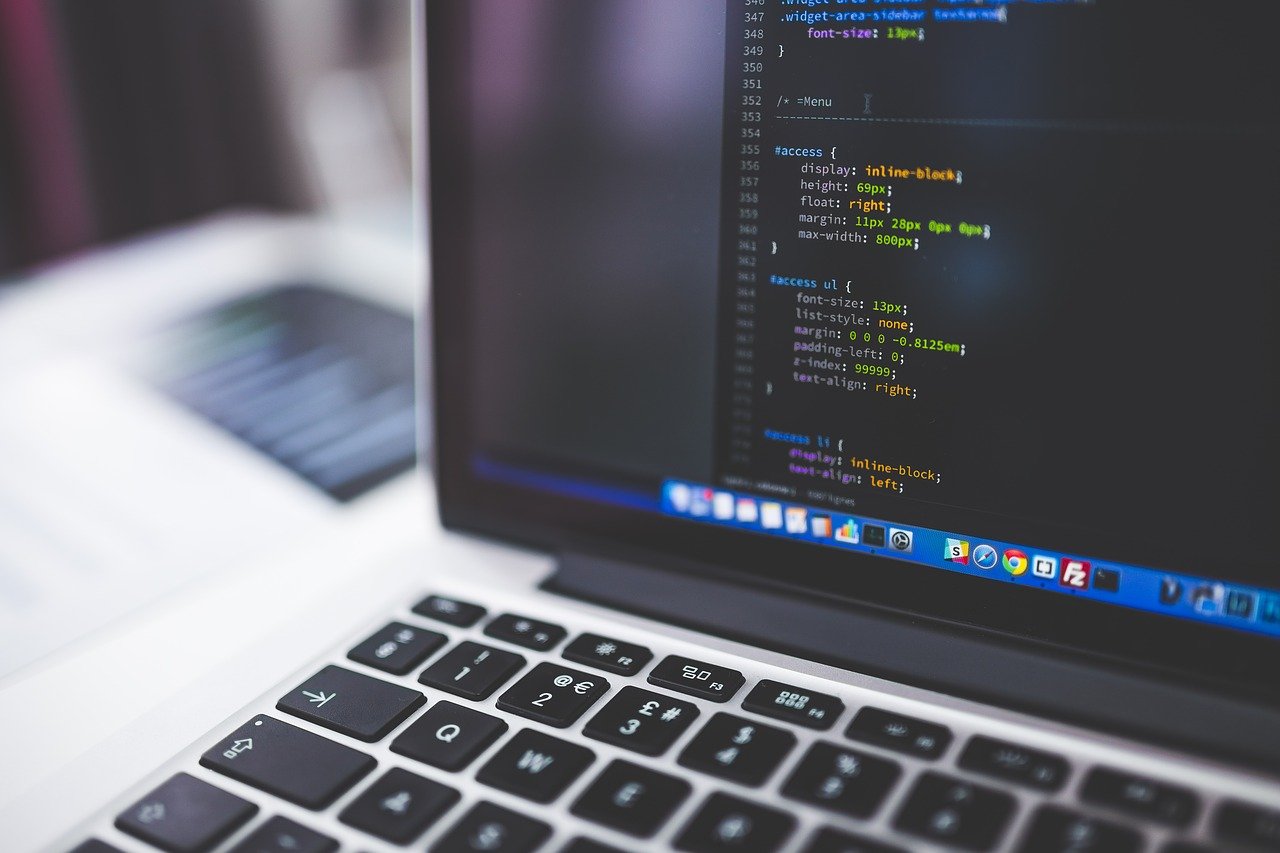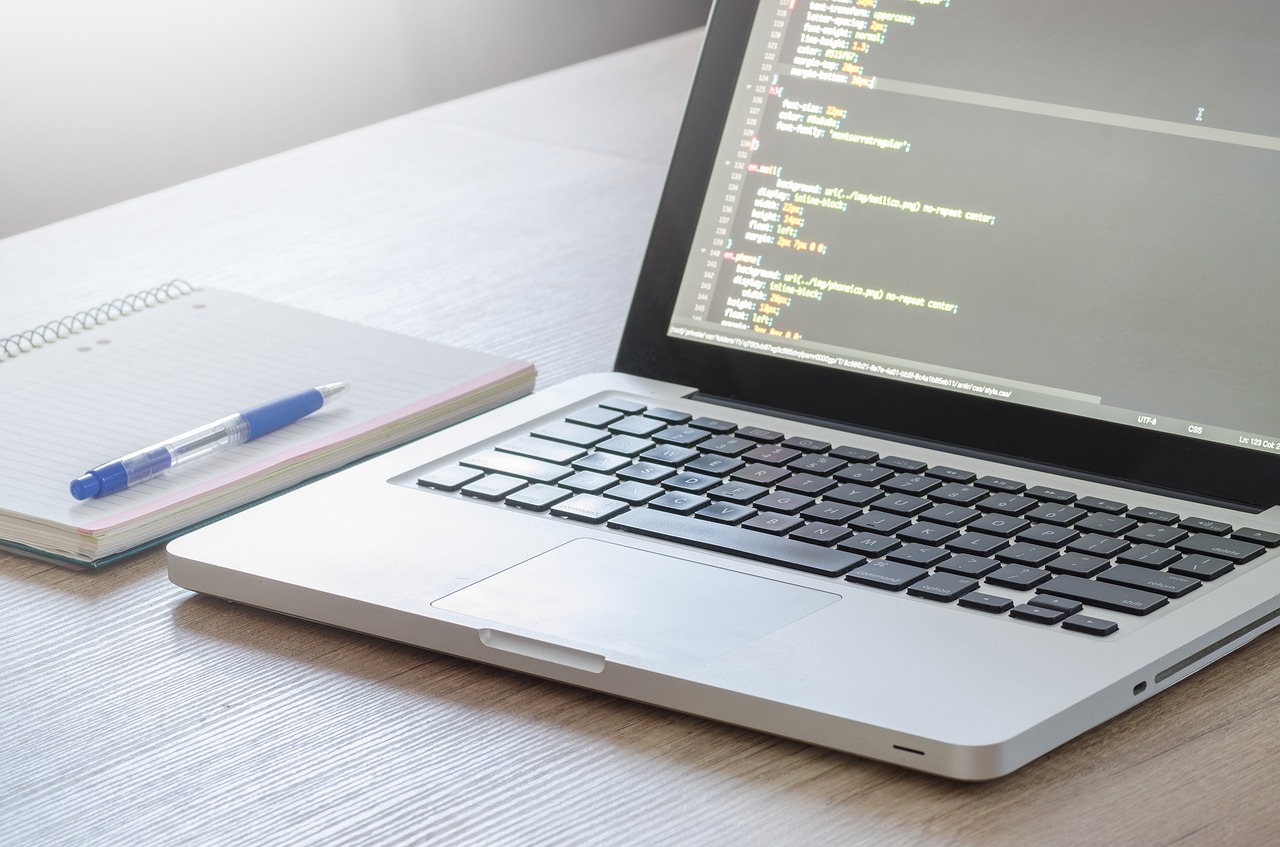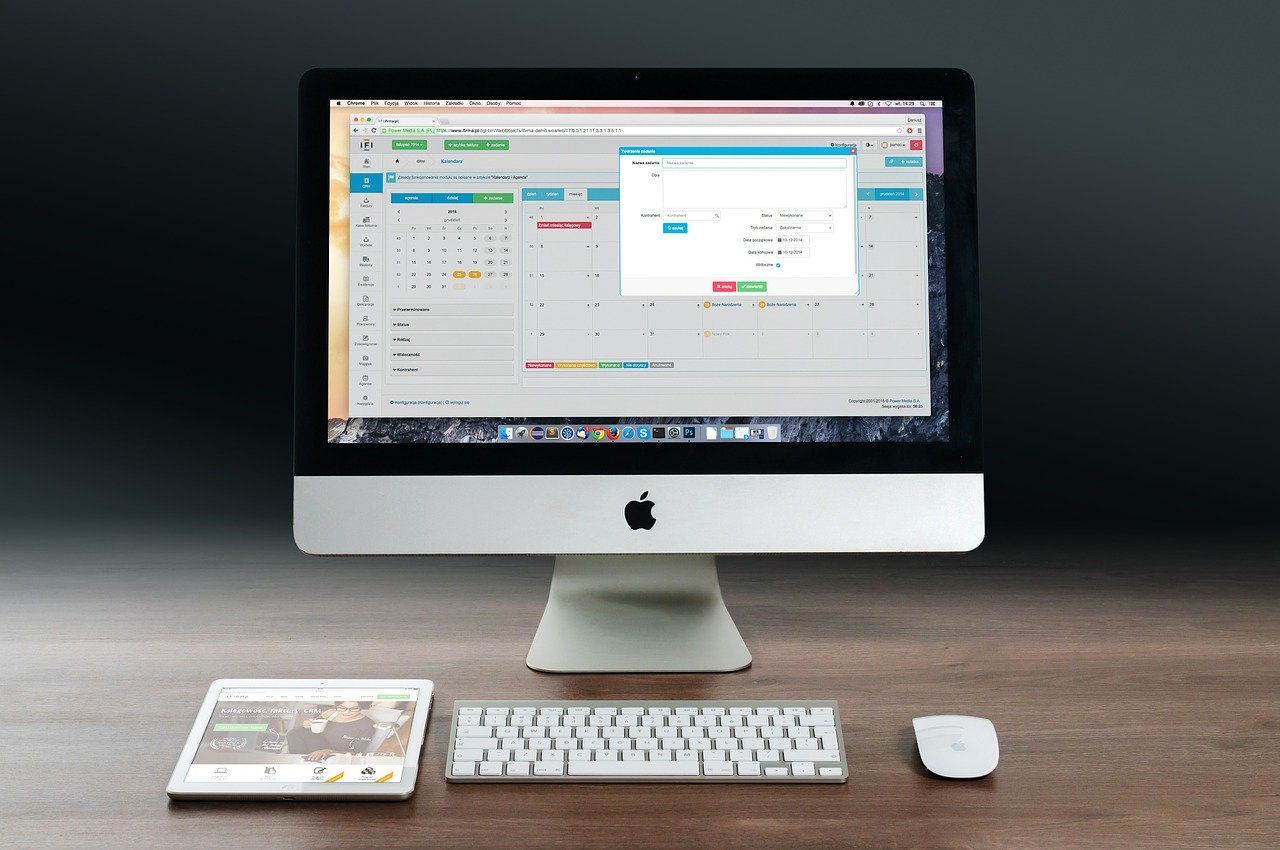
The digitalization of the world has opened up tremendous opportunities for businesses, the public sector and people’s everyday lives.
It’s safe to say that the world has been completely revolutionized by the digital age. But whilst this has been mostly positive in a number of different aspects, everything has downsides, and the same goes for digitalization.
And with the opportunities also come risks. As digitalisation has increased, so has the risk of network attacks. Unfortunately, awareness of cybersecurity has not kept pace. Network security has not successfully kept the same pace as the digitalization of the world which has led to numerous security risks and threats.
We need to think about cyber security first when we work with digitization.
A general checklist for cyber security when it comes to digitization projects is difficult to produce, it looks different depending on the type of project in question and your preconditions. But it is still important to highlight a number of aspects of cybersecurity that are worth thinking about.
In order to protect yourself online, you first need to do a network security audit in order to understand your preconditions and where you are at today.
Contents
Network security audit checklist
The first thing that most people may think of is network security, to ensure that no unauthorized person can enter the network and filter out unauthorized access and harmful content.
If something still manages to enter the network in the form of malware or virus, routines are needed to protect against that type of attack. This can be done by developing routines for monitoring IT systems and networks.
Companies also need to set up routines for incident management. What do we do if someone has actually been affected by, for example, malware? Is the solution to try to save an attacked computer, or should we simply throw it away and get a new one?
Perhaps the most important part of the work with cyber security concerns neither technology nor networks. It affects people.
People are in almost all cases the weakest link in all security systems. Educating users and making them risk-aware is in many cases a key activity for organizations.
Something that also affects network security is the ability to work remotely or from home.
It’s one thing to keep a computer and network safe when people are working at an office, but it can be a completely different story when employees are working from home.
This is why it is absolutely crucial that companies think through and develop policies for which devices are allowed to leave the offices and which are not.

Router security settings
The security settings of routers are another important aspect that needs to be taken into account. Oftentimes, a router’s default settings are set to a minimum level when it comes to safety. This is of course something that significantly increases vulnerability and the risk of being subject to threats.
By switching to the highest possible security, the risk is significantly reduced.
Keep track of the USB drives
USB drives can be installed with malware that is in turn downloaded to a device once it is plugged in. The downside is that this is a highly neglected part of cybersecurity that all companies need to have a good routine for.
Companies need to establish a policy for how they handle external devices that are plugged into the computers. They also need to make sure that all devices to be used are scanned for malware.
Insider threats
Furthermore, user identities and protecting critical assets from harmful insiders is another thing that companies need to protect themselves against.
Even if an employee is removed from the companies’ internal systems in connection with termination of employment, it does not have to mean that the work is finished there. Companies also need to keep track of what other services the user has been given access to through their business information, such as cloud services for file storage and logins to various accounts. There is also reason to look at what rights an employee has to see what happened before starting employment; should everything be available or not?

Evaluate the devices that are connected to your network
In order to understand your preconditions and understand potential risks, you need to get an overview of which devices are connected to the network.
It’s important to remember that there may be more devices than just mobile phones and just computers that are connected to your network. Other devices that are connected may include printers, scanners, cameras, projectors sound systems, and many other devices. Today, it’s not just our phones and computers that are connected and this is why it is also important to be aware of the potential risks of other devices.
Before you can protect yourself, you must know what to protect and what to protect yourself against.
The good news is that finding out which devices are connected to your network is quite easy. There are plenty of free tools that you can use that tell you which devices are connected to your network so that you can take the appropriate actions for increased network security.
Itäs important to make it routine to regularly scan and monitor your networks.
Devices that you donät actually need or use should not be connected to the corporate network. Some companies have strict policies of which devices are allowed to be connected to the network, but other companies don’t have a good enough routine to evaluate the potential risks.
By scanning your network, you can also discover if there are devices that should not be connected to the network.
Own guest network
For further safety, companies should have a separate guest network that any guests can use. This is important because it keeps your local devices disconnected from any guest devices and works as a separate network where the devices can only talk to the internet and not to each other.
For a guest network, you should use one-time passwords. It is not advised that you have an open network without passowrd.
An important benefit of a guest network is that you get a greater level of control of who joins the network.
Having a guest network also allows you to control:
- How much of the total bandwidth the guest network should receive
- How much each device can use
- How the network can be used

Divide the network
As discussed earlier, it is important that you only keep your own devices connected to your own network.
In addition to having a guest network and checking devices that are connected to your network, follow these steps:
- Servers, computers and mobiles should have their own networks. you can control traffic to and from the network via the firewall.
- It is important that no other devices such as public printers etc. are not connected to same network as business systems.
- It is also important to note that online data traffic should be forwarded to the business system.
- Other sensitive data like payment systems should have their own network.
- Other devices that are not directly related to your business operations like ventilations, cameras, alarms, etc, should be connected to their own network that are completely isolated.
Protect your wireless network
It is crucial that you make sure the network is configured correctly if you install a new network in your company. Networks usually come with default settings and this can significantly reduce security. The most important part is that you are aware of your network settings so you know what level of protection you have. Furthermore, it’s no secret that it is also crucial with a good firewall. A firewall provides a level of security and protection that can go a long way.
A firewall will classify all traffic based on application, user, and content, the firewall sorts out malicious software.

Use a secure password
Using secure passwords for all your accounts online is one of the oldest yet most central aspects of network security. You should always make it a standard procedure to replace default passwords ith strong new passwords.
Furthermore, you should also have unique passwords for each unique device that you use. Use characters, symbols, numbers, and combine both upper and lower-case letters.
Always update your devices
It is important that all devices you use are up to date. This applies to all applications and programs on your devices. New updates are often meant to solve bugs, repairs, and potential safety holes in the program. Therefore, updating to the latest version ensures you have the most recent and safe version of the software.
A good tip is to turn off your devices once a week. When the device is turned on again, you will usually be notified of available updates.
Educate your employees about current potential IT threats
Education is everything when it comes to staying safe online. By being educated, you can avoid committing common mistakes that can compromise your network safety. This is why it is important for your company to have good employee routines and guidelines in place when your employees connect their devices to the network. By educating your employees, you can ensure the security of its critical systems and limit the attacks should they occur.
It is also very valuable that your employees have a good knowledge of how cybercriminals try to gain access to their devices and username and password information in order to prevent this.
Change the default password for the administrator account
By using your administrator account, you can configure settings in your router. Things like a weak username and password are often something that needs to be changed.
Rename your wireless network
The name of your network is visible when a device connects to your network. Your wireless network has a default name, a so-called. SSID (Service Set Identifier), from the manufacturer.
It is wise to rename your network so that it does not contain any personal information or the name of the router manufacturer as this will allow hackers to get more information about your network and possibly have an easier time hacking it. When your persona is visible, they will get more information and have an easier time hacking your network.
The default name can inform which manufacturer your router has, which can be used by an attacker.
Choose WPA2 as encryption
Enable WPA2 on your wireless network to ensure that your connections are encrypted so that no one outside can connect or access without authentication.
Choose a strong password for your wireless network
The password should not be the same as for your administrator account.
Update your router
Just like with your computer and other devices, you want to make sure your router is updated and has the latest version. this will improve your security settings and have the latest and most secure version of the software.
Turn off wireless router administration
This is something that a lot of people don’t think about, but one that can be really valuable. By disabling the ability to manage the settings of your router or wireless access point, it is only possible to change the settings via cable, meaning you need physical access to the router. You can find instructions on how to do this in the instruction’s manual. Or you may need to contact your internet supplier or the manufacturer of your product.
Preferably choose WPA2 as encryption
For further safety, you should enable WPA2 when setting up your wireless network. This ensures that your connections are encrypted so that no one outside can connect to or eavesdrop on your wireless network without authentication. With WPA2 enabled, anyone who wants to connect to your network must have access to a unique password that you have chosen.
Turn off WPS
WPS means Wi-Fi Protected Setup, is a standard for easy and secure wireless network installation and connection that is created to make it easier for the home user to connect more devices to the network. Most modern routers have WPS enabled by default. We recommend disabling WPS or other mechanisms that allow a new device to connect to the network without authentication.






